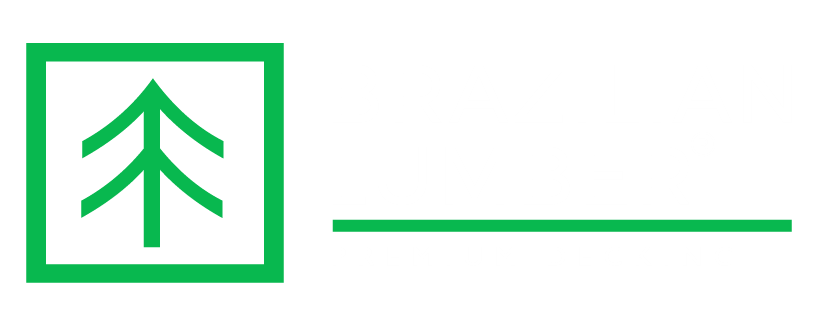Thermally Enhanced Wood:
Superior Quality for Impressive Construction
Platinum Woods thermally enhanced woods are produced by applying heat and steam to remove all moisture from the wood cells. This boosts the wood’s longevity, durability, and reliability, producing a superior product appropriate for a wide range of wall and ceiling applications.
This eco-friendly and sustainable preservation method for woods allows them to be more durable and resistant. Our process, which refrains from using any chemicals, offers premium-quality, weatherproof products that meet the highest standards. Upgrade to the longevity and sustainability of your wood today with our thermally-treated technologically enhanced products.
Brazilian Lumber is the largest provider of premium tropical hardwoods, like Ipe wood, Cumaru wood, Garapa wood, Jatoba wood, and Tigerwood, in the U.S. Explore our quality composite alternatives, decking accessories, and our artificial turf and ivy for that splash of green every space needs. Your journey to transforming your space begins here!
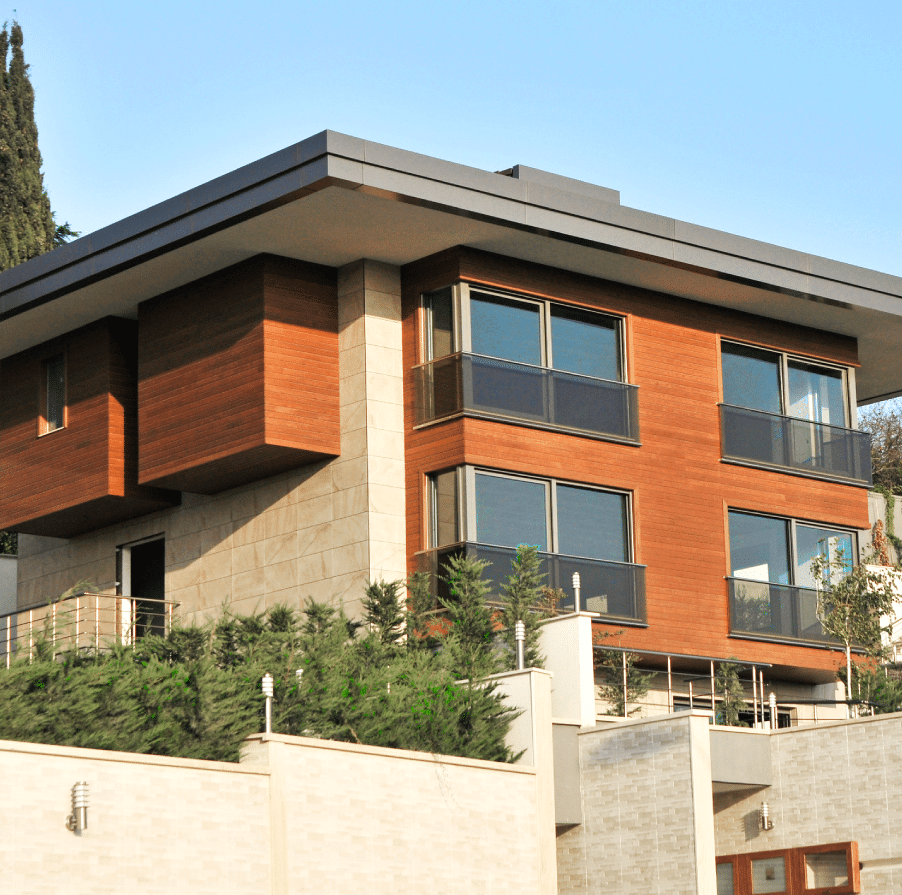
Thermally
Enhanced Wood For Cladding:
Platinum Woods thermally treated cladding is a durable and stable wall paneling that can be installed vertically or horizontally to enhance the aesthetics of a wall or ceiling. With a variety of sizes and profile options, this highly resistant thermally enhanced wood can easily be installed on interior and covered exterior walls.
Thermally
Enhanced Wood For Decking:
Platinum Woods thermally treated decking offers exceptional durability and stability for outdoor spaces. With its enhanced dimensional stability, thermally treated wood decking maintains its shape and appearance, even in challenging weather conditions. Enjoy a beautiful, long-lasting deck that requires minimal maintenance and provides years of outdoor enjoyment.
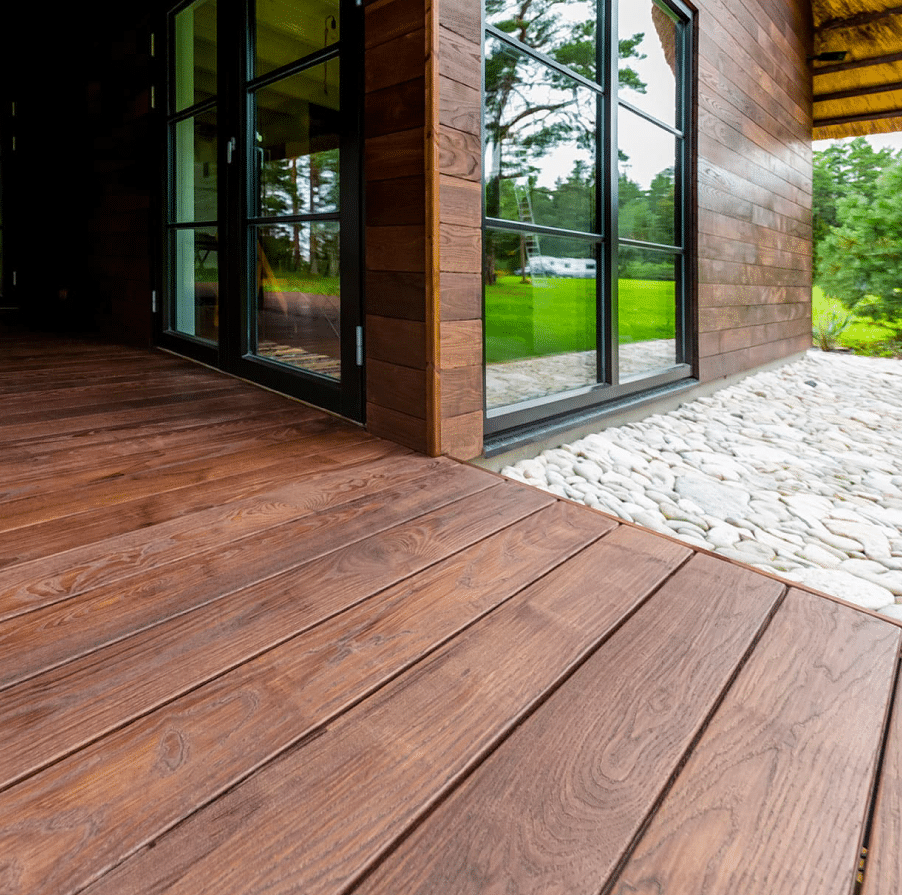
Advantages of Thermally Enhanced Wood:
![]()
100% Natural

Ecological

Durable

Stable
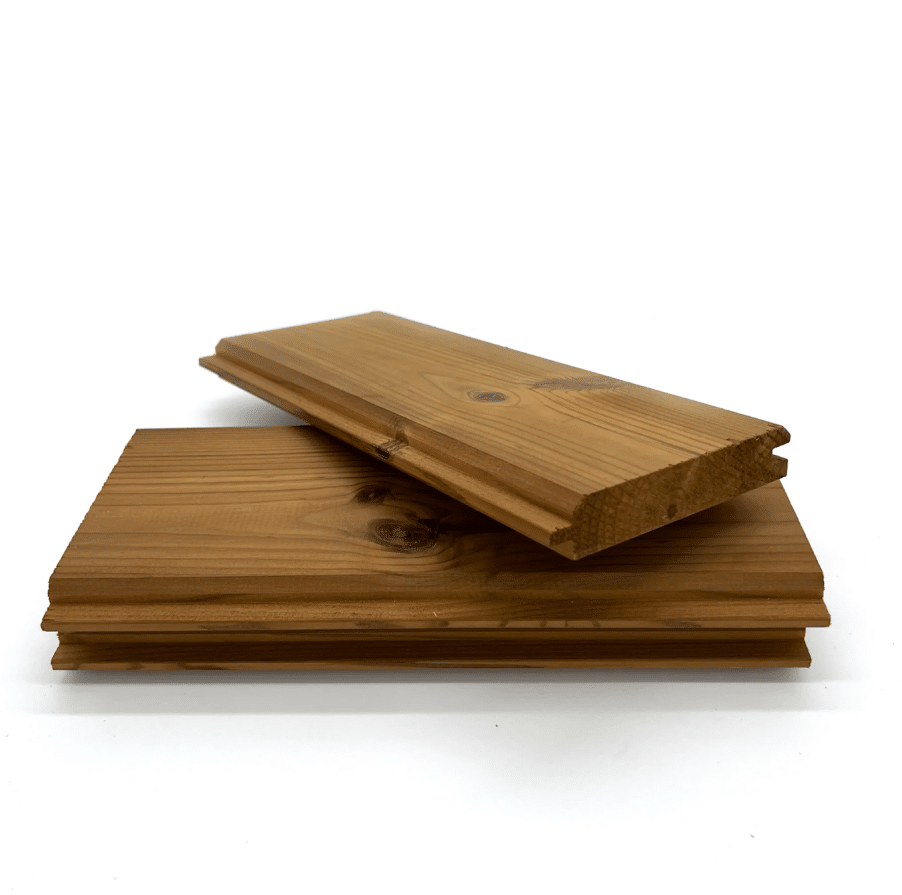

Safe

Homogeneous

Isolated

Safe Against
Infection
Platinum Woods Thermally Enhanced Ash:
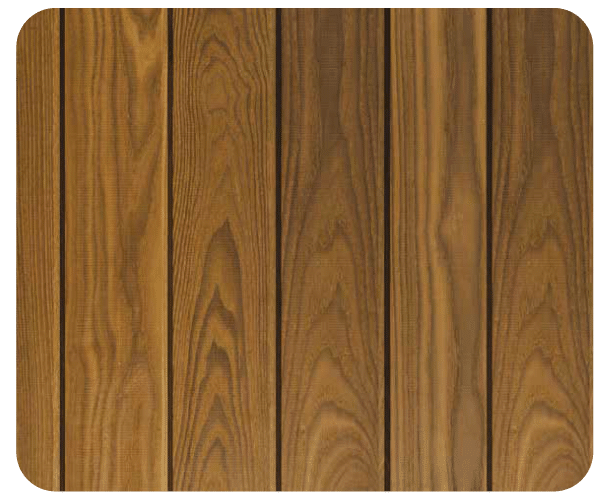
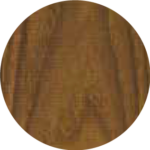
Dark Brown
Dimension: 1×6’ (21x140mm)
Lengths: 4′ – 12′
Ash | Cladding & Decking
Thermo-treated ash panels for cladding are light-colored, featuring an open wood grain with a coarse texture. The advantage of using Platinum Woods thermo-treated ash is that it gives a beautiful appearance and structural reliability. It can be installed vertically or horizontally to enhance the aesthetics of a wall or ceiling.
Thermo treated ash decking is both durable and beautiful. It has enhanced dimension stability thanks to the natural molecular changes that occur in the wood during the treatment process. Platinum Woods Thermally-treated decking is exposed to extremely high temperatures (400-degree Fahrenheit) with no chemicals added, making it a green product with enhanced hardness.
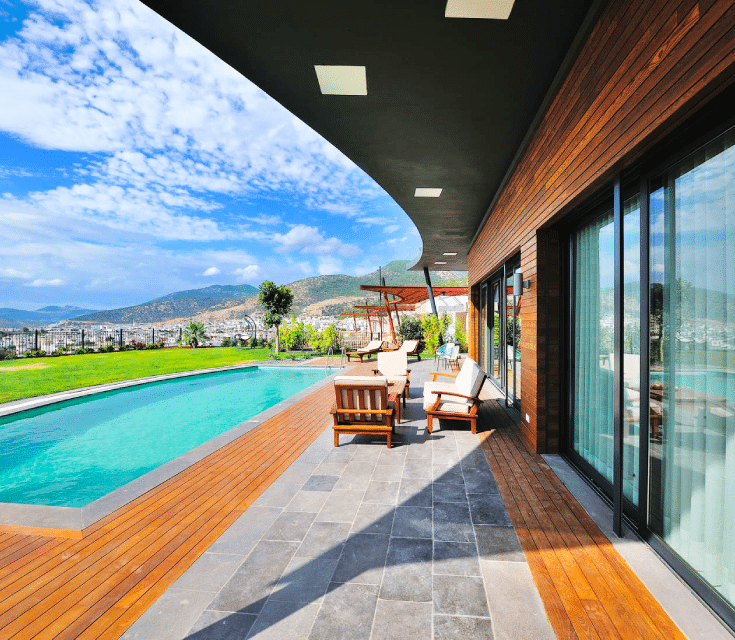
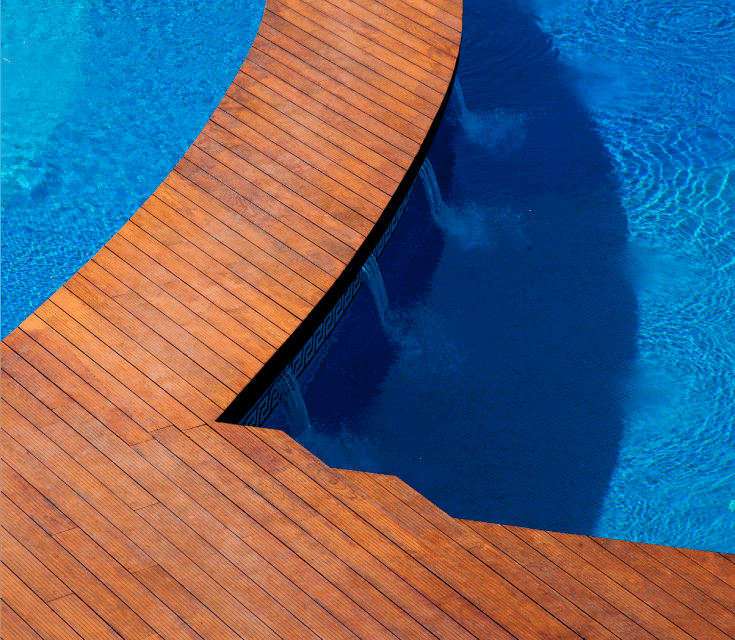
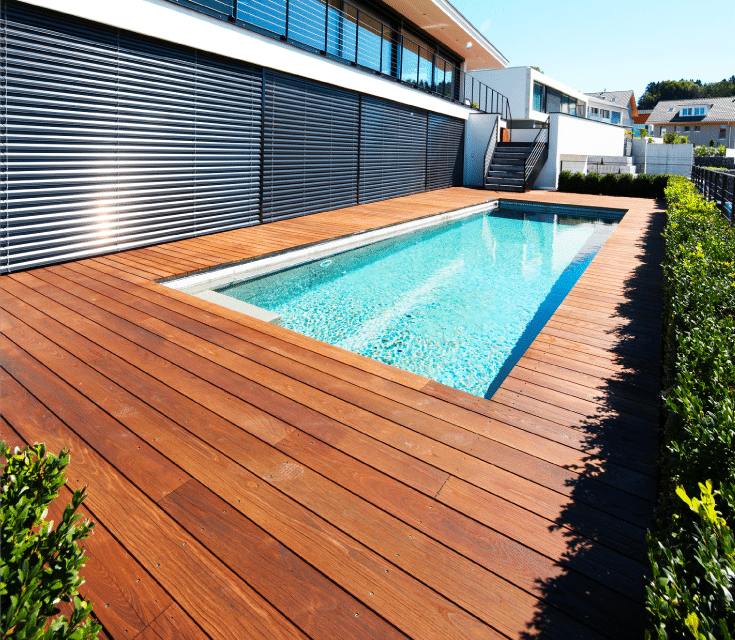
Platinum Woods Thermally Enhanced Ayous:
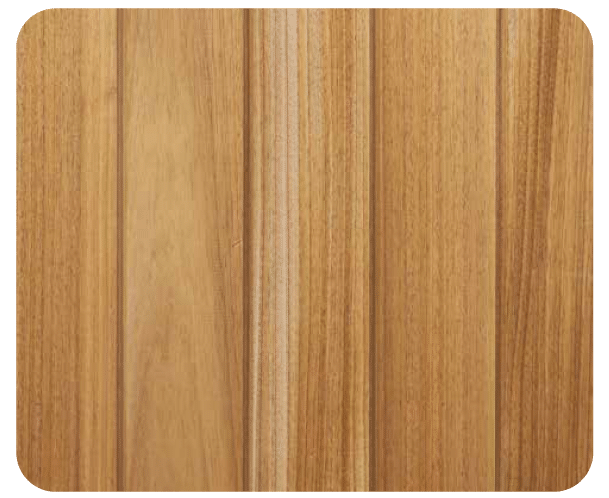
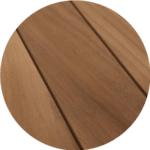
Light Brown
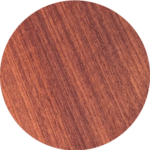
Warm Honey
Shade
Dimension: 1×6’ (20x140mm) and 2×2’ (40x40mm)
Lengths: 4′ – 12′
Ayous | Cladding
Platinum Woods Ayous wall cladding panels are light in color, creamy white to yellowish, have a smooth, knot-free texture, and are economical, which makes them one of the most sought after design elements on the market. Ayous is a tropical species from West and Central Africa, making it very durable and dense, especially after having been heat treated for additional strength and durability. You can see Ayous panels in the ceilings of the Paris-Charles de Gaulle airport.
Thermo-Ayous wood is available in two distinct colors:
• Warm Honey Shade
• Light Brown
Choose Thermo-Ayous for a high-quality, sustainable wood product that outperforms traditional softwoods.
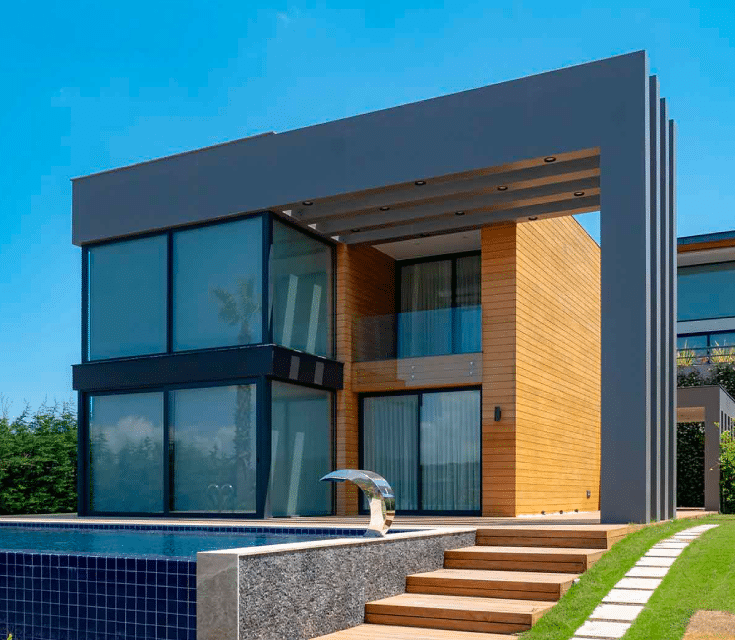
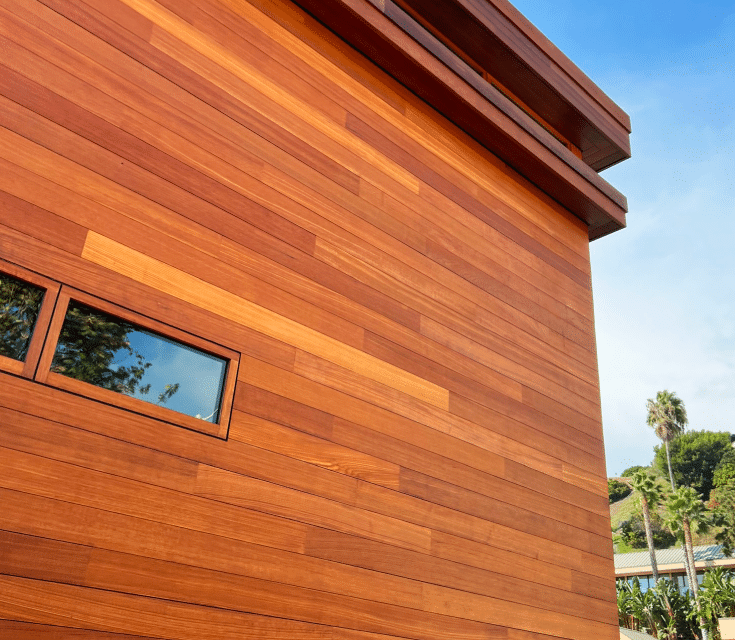
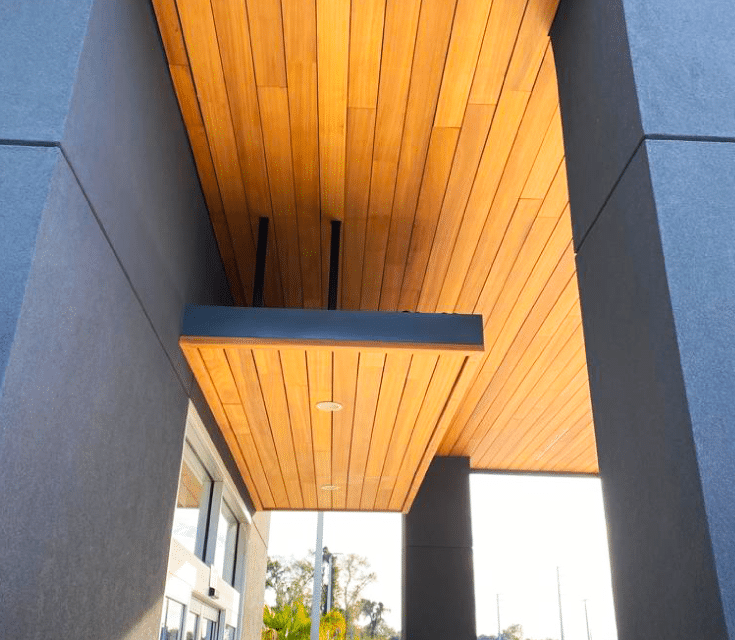
Platinum Woods Thermally Enhanced Pine:
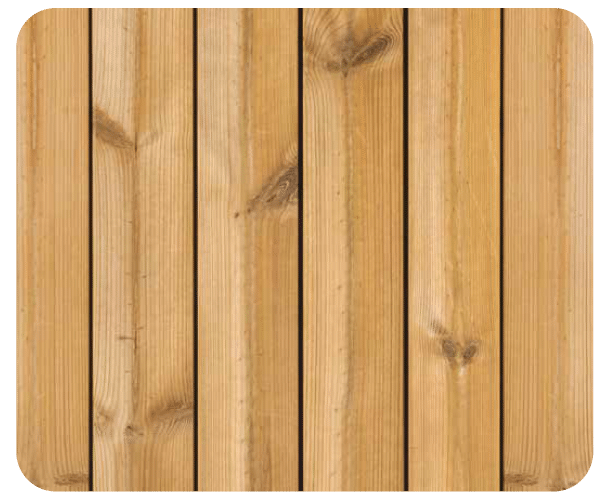
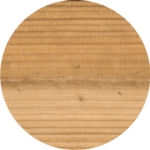
Dark Brown
Dimension: 5/4×6’
Lengths: 4′ – 12′
Pine | Cladding & Decking
Pine wood is a domestic softwood. It is a durable wood with a knotty structure with a light yellowish and sometimes reddish tones. Platinum Woods thermo-treated Pine offers great durability, it is lightweight for easy installation, and adapts to all weather conditions. Thermally treated pine offers great cost-benefit balance. With our in-house milling services, we can provide our customers with the flexibility to produce their own profiles.
Cladding: Being one of the most abundant tree species in nature, pine is transformed into cladding for wall and ceiling applications. It gives a very traditional look to any space, offering an ideal solution for lightweight, fast, and easy installation. Thermo Pine is also amongst the most budget friendly options available when compared to similar products.
Decking: Platinum Woods decking is a natural, lightweight, cost-effective, and durable option for decking. Heat treated pine improves on the traditional structure of pine to make it more resistant against the elements, while maintaining its light weight and popular color.
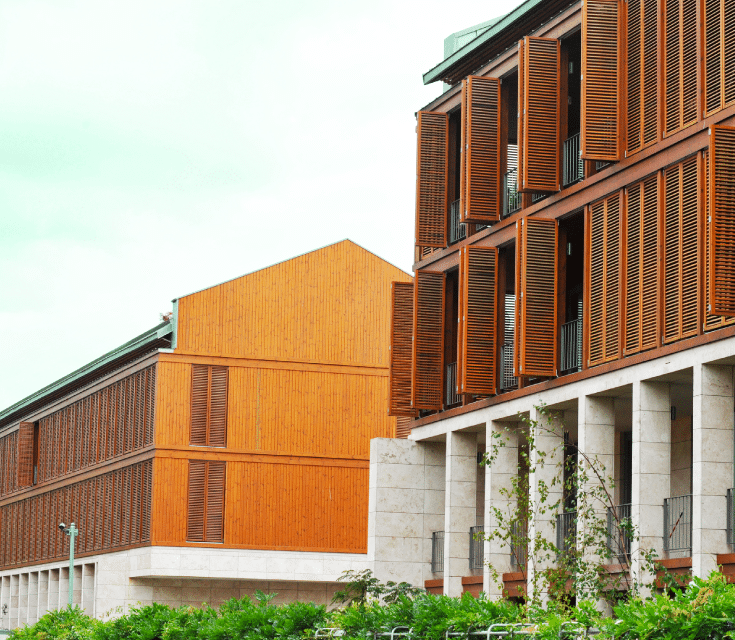
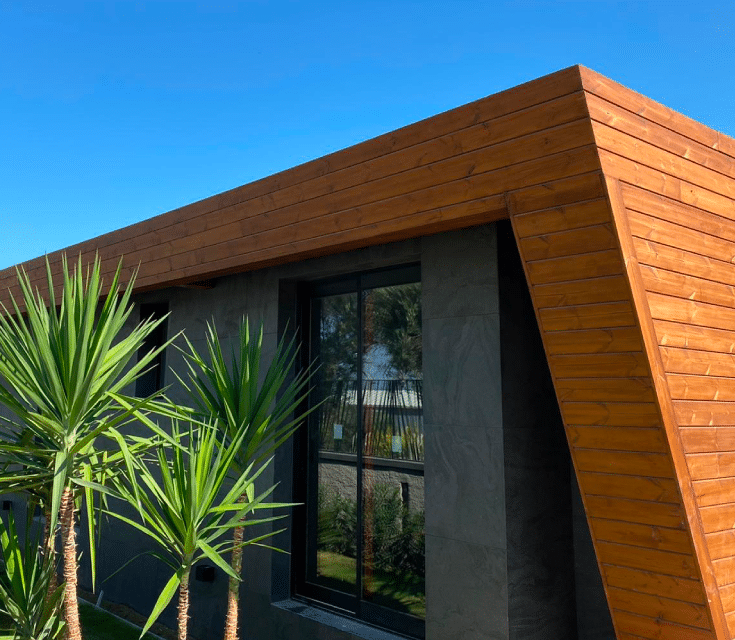
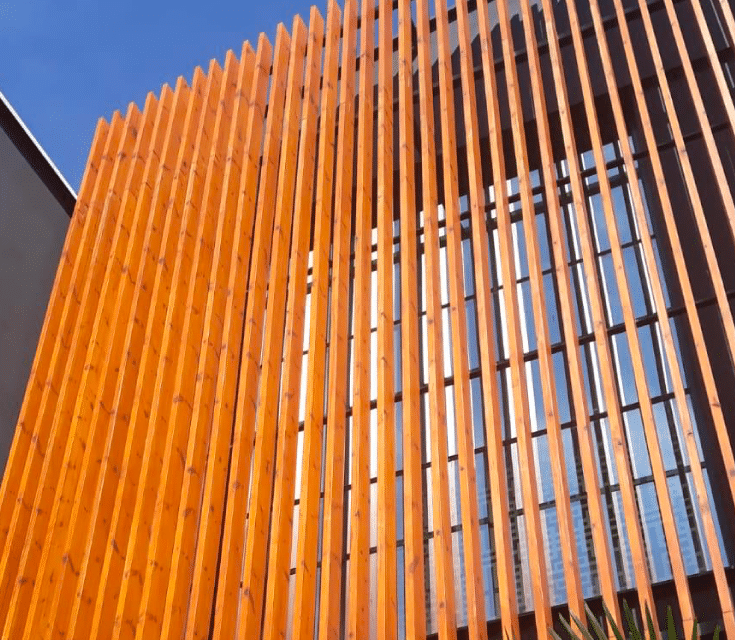
What is the process for wood to become Thermally Enhanced wood?
This procedure called “thermal modification” decreases water absorption in wood, thus increasing its resistance to decay while reducing swelling and shrinking. Another factor that contributes to wood’s exceptional durability is the crystallization of cellulose. The modification of hemicellulose enhances its durability, where hemicellulose is broken down into furfural and carboxylic acid. Additionally, the application of heat causes lignin to caramelize, resulting in a darker color.
What is Thermal modification?
A method in which the chemical properties of wood are modified with heat and steam. The minimum modification temperature is 160°C. The consequent changes in the wood structure are permanent.
What are the Thermally Enhanced wood phases?
The modification phases to get a thermally enhanced wood are high-temperature drying, thermal modification and cooling, and moisture conditioning. The process results in permanent physical and chemical changes in the wood. The new properties remain unchanged, even when the timber is processed with methods such as sawing or planing.
1. Drying: Using heat, the oven temperature is raised to 1000C quickly. Then, the temperature is constantly raised to 1300C, during this time the wood is dried, and the moisture is reduced to zero.
2. Heat Treatment: The temperature in the wood is increased to 1800C (Thermo S) and 2120C (Thermo D) with water vapor. When the target temperature is reached, this heating process is applied for 2-3 hours.
3. Cooling and Humidification: In this last part, the temperature of the wood is lowered to 800C – 900C by the use of the water spray, and it is continued until the humidity of the wood reaches 4–6%.
Why does thermally modified wood get high marks for its increased stability and durability ratings?
Heat treatment increases the stability and durability of wood. Wood is composed of 50% cellulose, 23% hemicellulose, 20% lignin, and 7% other organic compounds, called extractives. Heat treatment eliminates resin, all other extractives and bonding water called OH (Hydroxil) groups from the wood. This process reduces water absorption of wood, consequently increasing decay resistance while decreasing swelling and shrinking. Another factor that contributes to the high durability of wood is the crystallization of cellulose. The change in hemicellulose increases the durability. Hemicellulose is separated into furfural and carboxylic acid. Caramelization of
lignin, caused by heat, results in a darker color appearance of the wood.
How to maintain your Thermally Enhanced project?
Thermally treated boards undergo natural aging and develop a gray patina over time, unless preventive measures are taken. Therefore, the initial consideration is whether to preserve the boards’ original color or embrace their natural aging process.
Are chemicals used in the production of Thermally Enhanced Wood?
No chemicals are used in the production of Thermally treated wood. All raw materials are procured from certified sources. The production method is a result of extensive development work, and it is based on the controlled modification of timber with heat, steam and water.
What type of projects is Thermally Enhanced wood ideal for?
Thermally treated wood is lightweight and easy to install. For that reason, it is ideal for projects where extra loading on the building is a concern.
